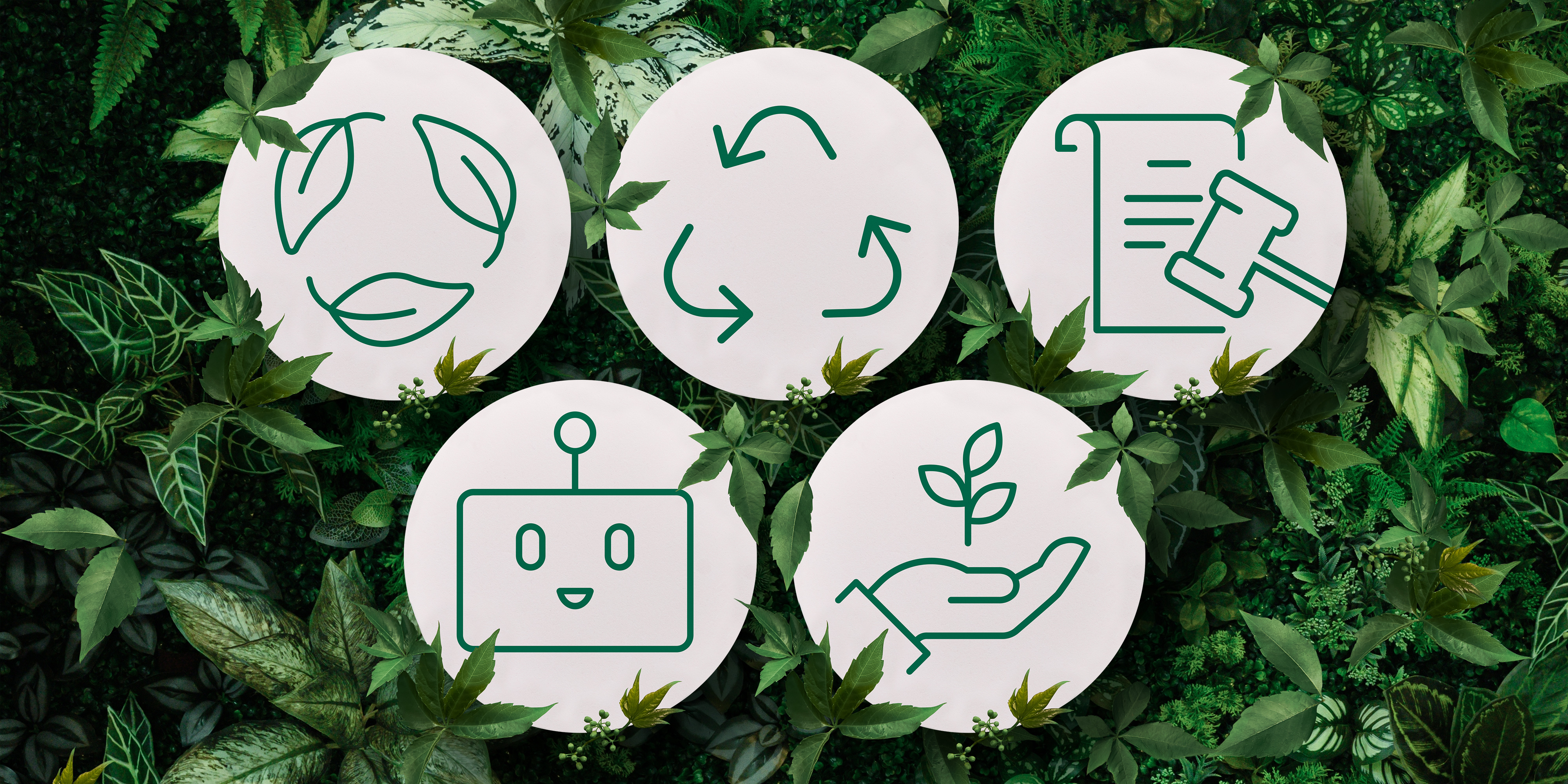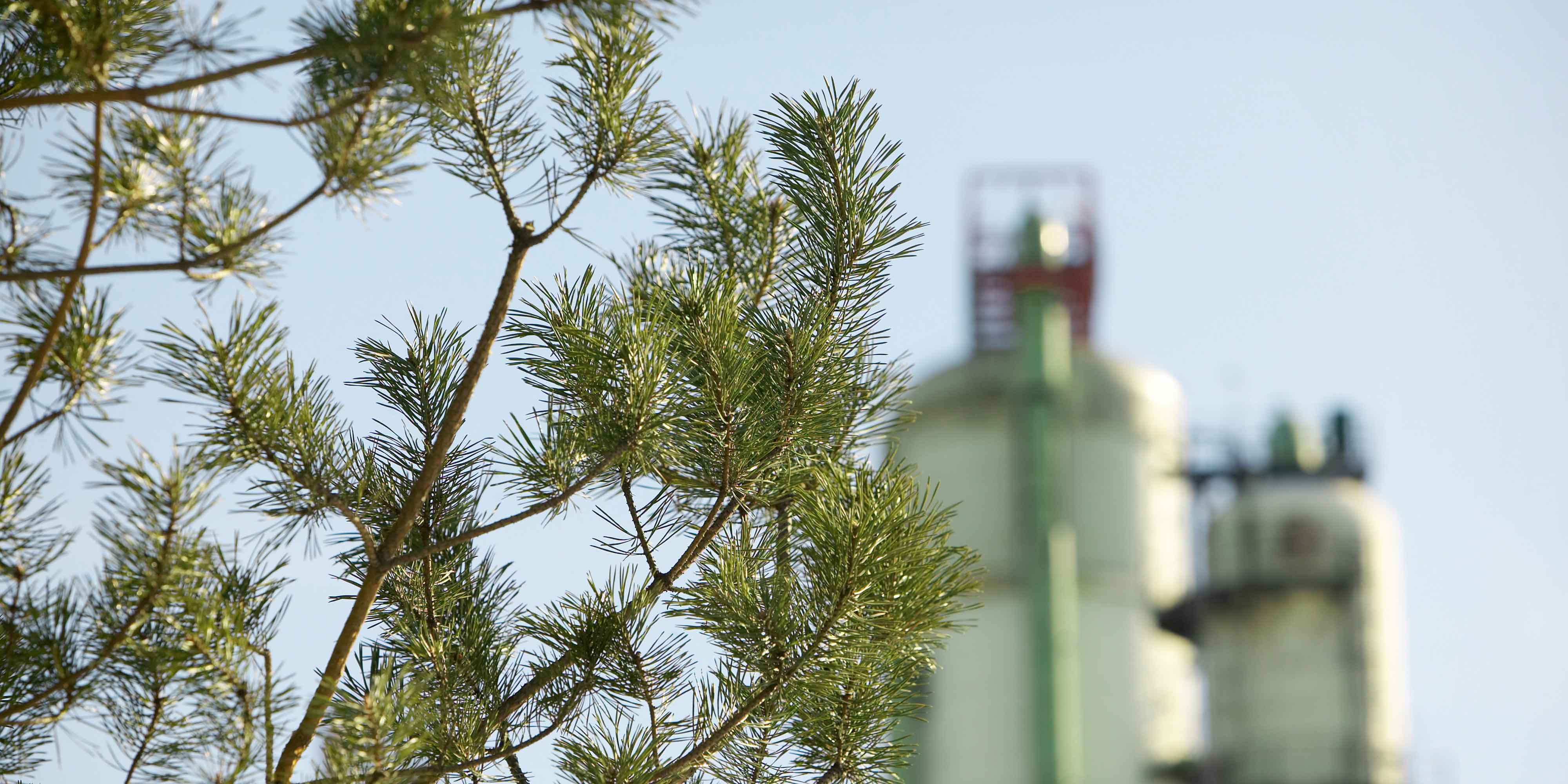
Sustainability
6 minute read
The three make-or-break trends that hold the key to a sustainable future
Reaching net-zero emissions globally by 2050 is a goal that is now on everyone’s lips but how will we reach such an ambitious target?
Many of the technologies that will help us make radical changes to reach industrial decarbonization, sustainable transportation and solve the global waste challenge already exist – what is needed is the rapid acceleration of the scope and scale of their use, and deploying them faster.
In The Change Book, a Neste Market and Innovation Outlook report, Neste, a global leader in renewable and circular solutions, points to the three key areas that need our focus now if we are to meet ambitious emissions-reduction goals.
1. Re-imagining waste
With a growing population and increased urbanization, the amount of waste we generate is expected to double by 2050. At the moment, 70% of all our waste is discarded in landfill but much of it leaks into ecosystems, and 8 million tons of plastic waste enters the oceans annually.
Scientists at the University of California predict that if plastic production continues unchecked, without waste-management systems that ensure recycling and proper disposal, there could be 12 billion tons buried in landfill by the middle of the century. By then, they also predict that there will be more plastic than fish by mass in the oceans.
Recycling these plastics is becoming a priority but only 9% of all the virgin plastic that has ever been produced has been recycled, and we’ve only recently increased the proportion of what we can process from everyday circulation to around 20%.
“We need companies that can make the bold moves necessary to scale up new innovations and bring the new solutions to businesses and consumers globally,” says Minna Aila, Senior Vice President of Sustainability and Corporate Affairs at Neste.
“We are relentlessly striving to find new ways to reduce the amount of carbon released into the atmosphere and circular solutions to reuse this carbon.” Indeed, Neste is aiming to process more than a million tons of plastic waste annually from 2030, as well as accelerating its development of chemical-recycling processes for plastics that can’t currently be reused.
If we design smarter packaging; eliminate single-use plastics; accelerate the sorting and recycling of more valuable materials like glass and metal; and derive low-emission fuels from municipal solid waste (MSW), of which only 14% is recycled today, then we will be able to process far more of the 2 billion tons of MSW produced annually.
2. Next-generation transport
In 2020, the transport sector produced 7.1 gigatons of CO2(approximately 21% of global energy-related emissions), of which road freight and passenger vehicles were responsible for almost 80%.
While the sale of electric vehicles is growing fast globally, a substantial amount of fuel will continue to be burned to power transport for decades to come. This gives biofuels and renewable diesel an important role to play to keep emissions down for segments such as road freight, aviation and marine transport. The huge advantage of these sustainable fuels is that they can be used as a drop-in solution in existing engines without the need for major investment.
With this in mind, Neste is continuing to build on its sustainable aviation fuel (SAF) production capacity, to reach 1.5 million tons per year by the end of 2023. An important part of this is ongoing innovation and partnerships, as Jason Michael Blake, Vice President of Neste’s Business Platform Aviation Feedstock, points out: “As the demand for sustainable aviation fuel is growing, so is the need for scalable raw materials. We are developing partnerships with the aim of establishing scalable business models covering the entire value chain.”
3. Innovative heavy industry
Manufacturing industrial goods is energy intensive and produces billions of tons of greenhouse gases; a large portion of emissions are produced for refining raw materials and for high-temperature heat generation, making it a particularly challenging sector to progress towards net zero.
Clean hydrogen – which includes green and low-emission blue hydrogen – has huge potential to cut emissions in this sector as it becomes more and more accessible thanks to improved technologies and the declining price of renewable electricity required to produce it.
Another game-changer is carbon capture, utilization and storage (CCU and CCS), which helps capture emissions from industrial assets and carbon from the atmosphere, as well as enabling production of low-emission hydrogen.
For existing industrial sites, such as refineries, with long operational lifetimes the key is to find solutions that reduce emissions without requiring substantial changes to current processes. At its refinery in Porvoo, Neste has done just that by introducing alternative lower-emission raw materials for co-processing – taking them one step towards their goal of being the most sustainable refinery in Europe by 2030. This initiative is also a key contributor to Neste’s target to reduce the use phase emission intensity of sold products by 50% by 2040.
It is through deploying this full range of innovative solutions that the heavy-industry sector can accelerate towards net zero emissions.
Regulation and collaboration in a key role
Whether we are looking at waste, transport or heavy industry the same key principle applies: a mindset of innovation, collaboration, and intent is needed to underpin the changes required for a sustainable future.
While the EU is now showing the way with its Fit for 55 package of legislative changes that aim to align current laws with the commitment to cut emissions by 55% by 2030, Anselm Eisentraut, Head of Market Intelligence at Neste, highlights the combined effort that meeting the targets requires: “Beyond policy targets there is an important role for the private sector to drive innovation, for companies to push to reach carbon-neutrality, and for consumers to speed up change by choosing sustainable products and services.”
“The pledges announced at COP26 may not be sufficient,” he adds “but history has shown us that humankind has the ability to design and deliver revolutionary technological solutions at a speed that could never have been imagined. That’s what gives me faith in the future.”
Credits: Liam McCann, a freelance writer and sub-editor for The Daily Telegraph, and has written dozens of articles on sustainability in the automotive and transport sectors in particular.





